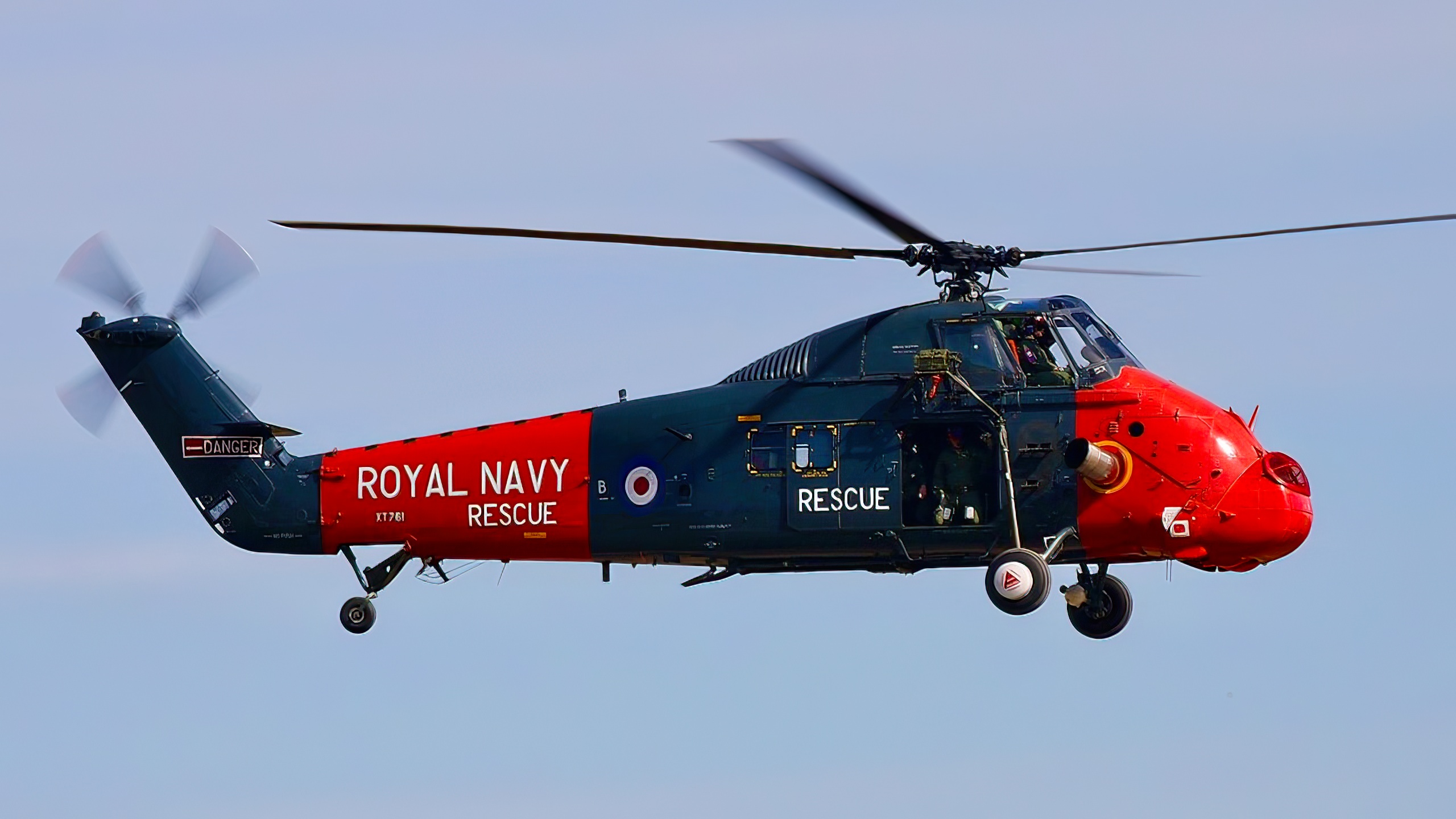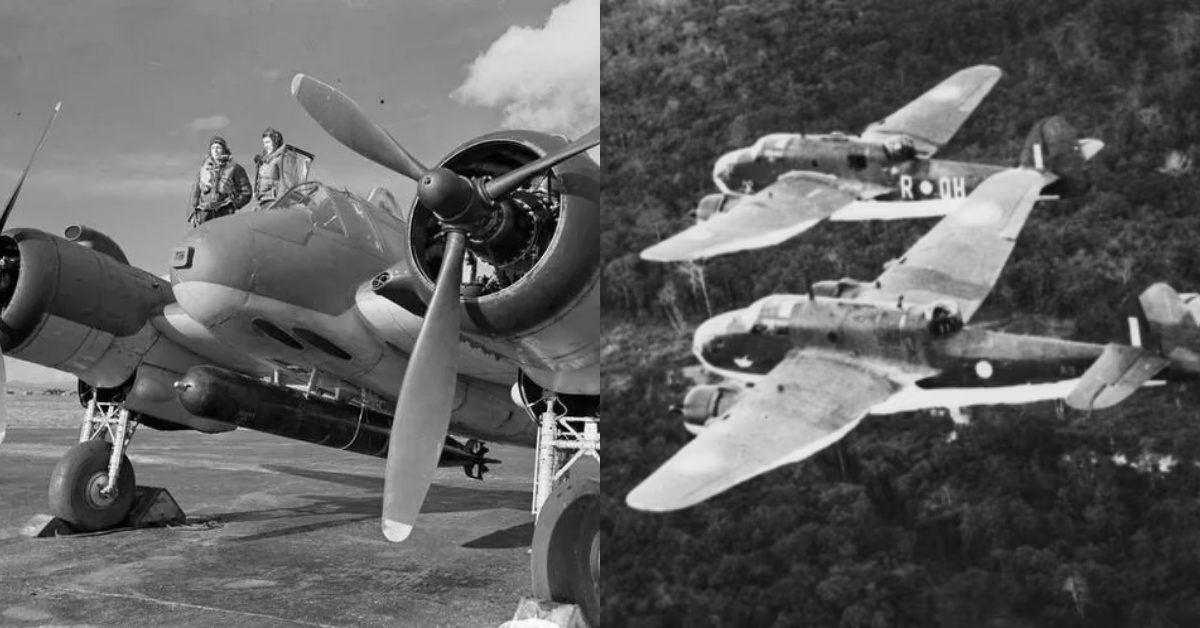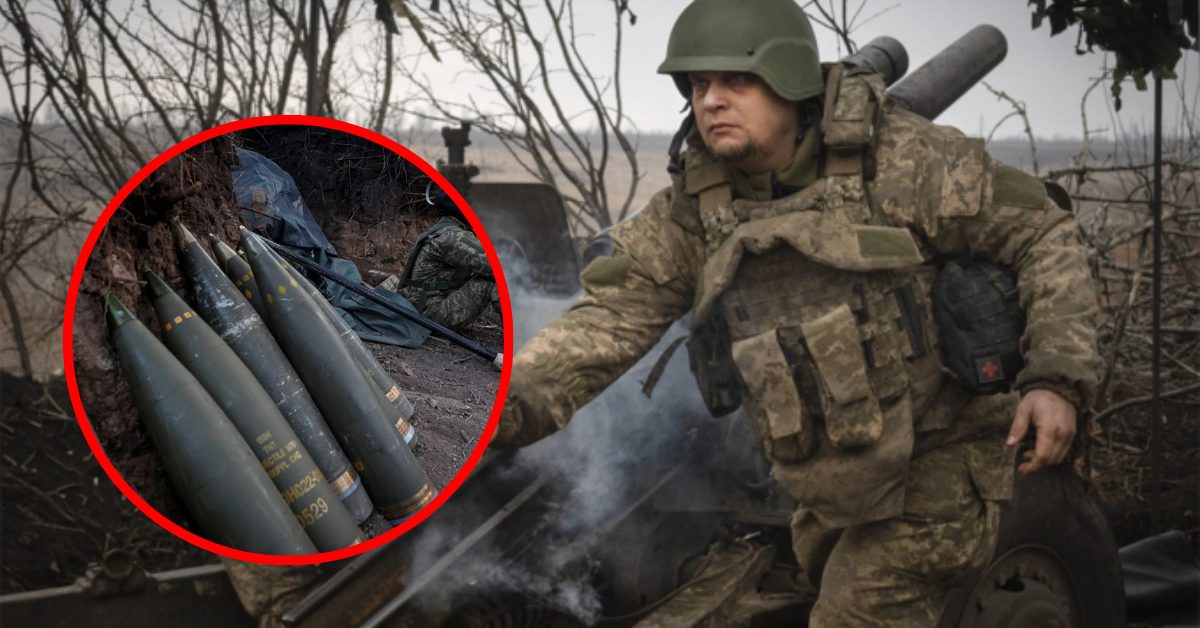In 1956, Westland Aircraft set to produce the American Sikorsky H-34 Choctaw helicopter for service with the Royal Navy.

By then this British aircraft manufacturer had successfully adapted two other Sikorsky models, the H-5, which became Westland Dragonfly, and the H-19, which became Westland Whirlwind. The Royal Navy’s Fleet Air Arm (FAA) received its first Wes𝑠e𝑥 in 1960.

Westland built a total of 382 Wes𝑠e𝑥es and the type served with the British military throughout the following four decades. While initially built for anti-submarine warfare (ASW), the Wes𝑠e𝑥 proved to be a very versatile rotorcraft in military and civilian use. It saw operational deployment in many locations across the globe, from Northern Ireland to Indonesia, defending the UK’s interests in many crises, including the Falkland War.

A turbine-powered Choctaw
Instead of the original’s Wright Cyclone piston engine Westland engineers equipped the helicopter with a Napier Gazelle turboshaft engine. Owing to this, the Wes𝑠e𝑥 was less noisy and less prone to vibration than its American brother. Some later variants of the Wes𝑠e𝑥 got a pair of de Havilland Gnome turbines, providing them with almost double the power of Napier Gazelle. The appearance of the Wes𝑠e𝑥 and the Choctaw—except for slightly different noses—wasn’t very different. So much so, that the former even played the role of the latter in Stanley Kubrick’s war drama Full Metal Jacket.

In the antisubmarine role
The Wes𝑠e𝑥’s—as well as Choctaw’s—primary duty was anti-submarine warfare. In this role the helicopter used either a dipping sonar for detecting enemy submarines or depth charges or torpedoes for attacking them. However, a single helo couldn’t carry both: at least two Wes𝑠e𝑥es were necessary for locating and destroying a submarine. This was, of course, a limitation, and it ultimately lead to the navy’s adoption of a more powerful ASW helicopter, the Westland Sea King.

Video: Westland Wes𝑠e𝑥 HU5





